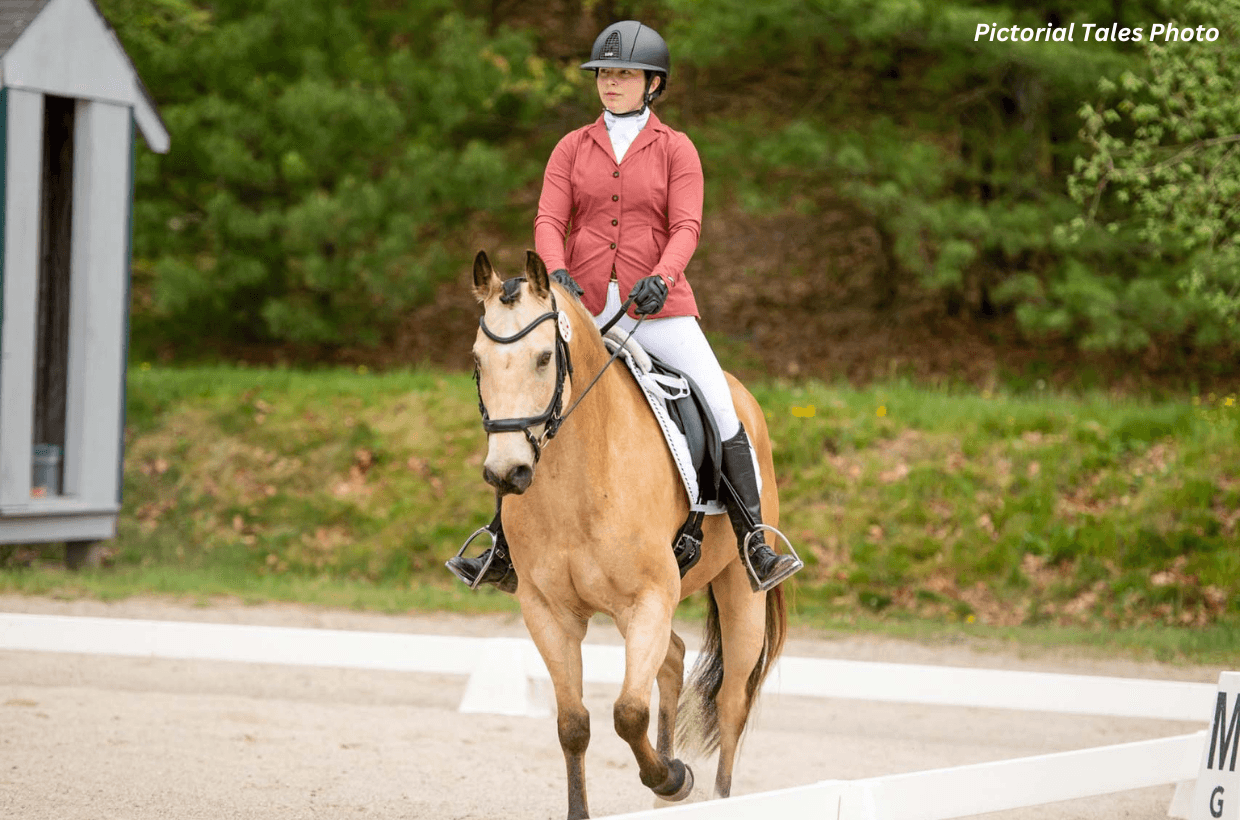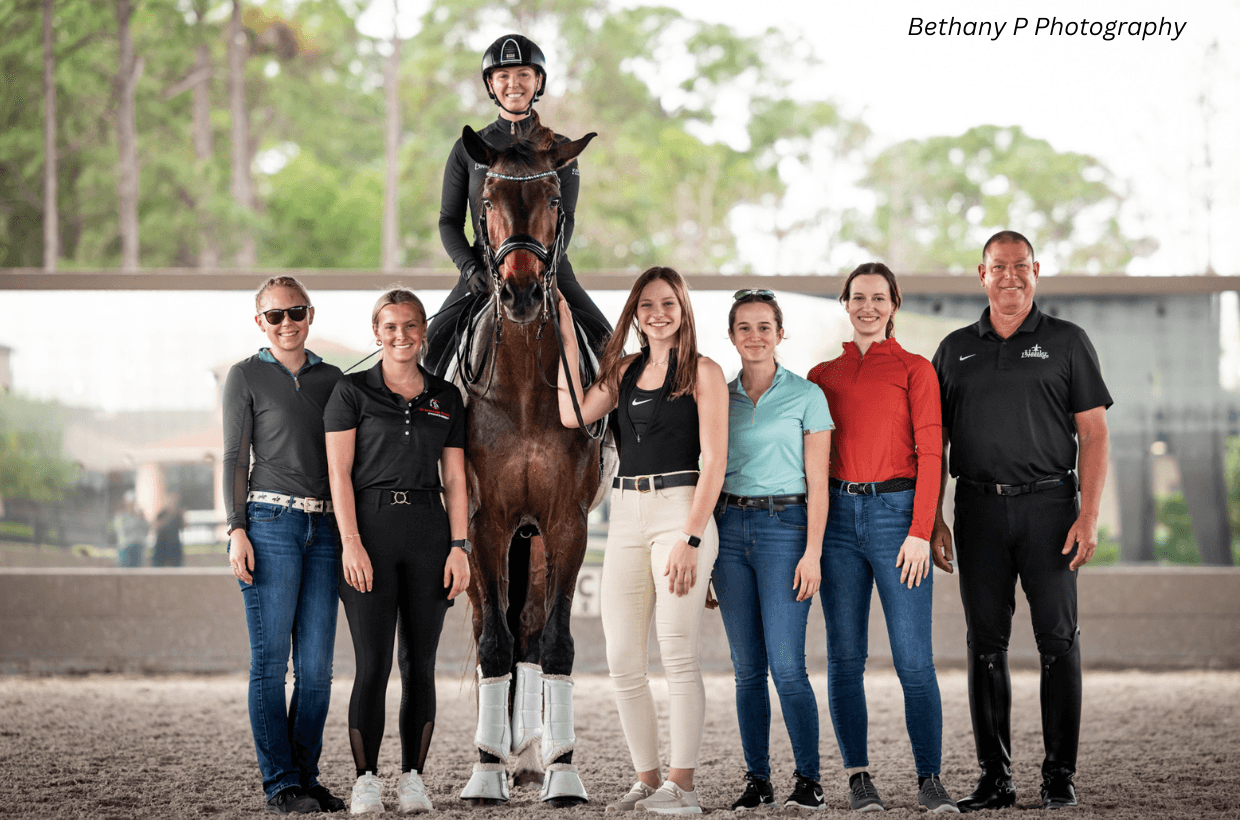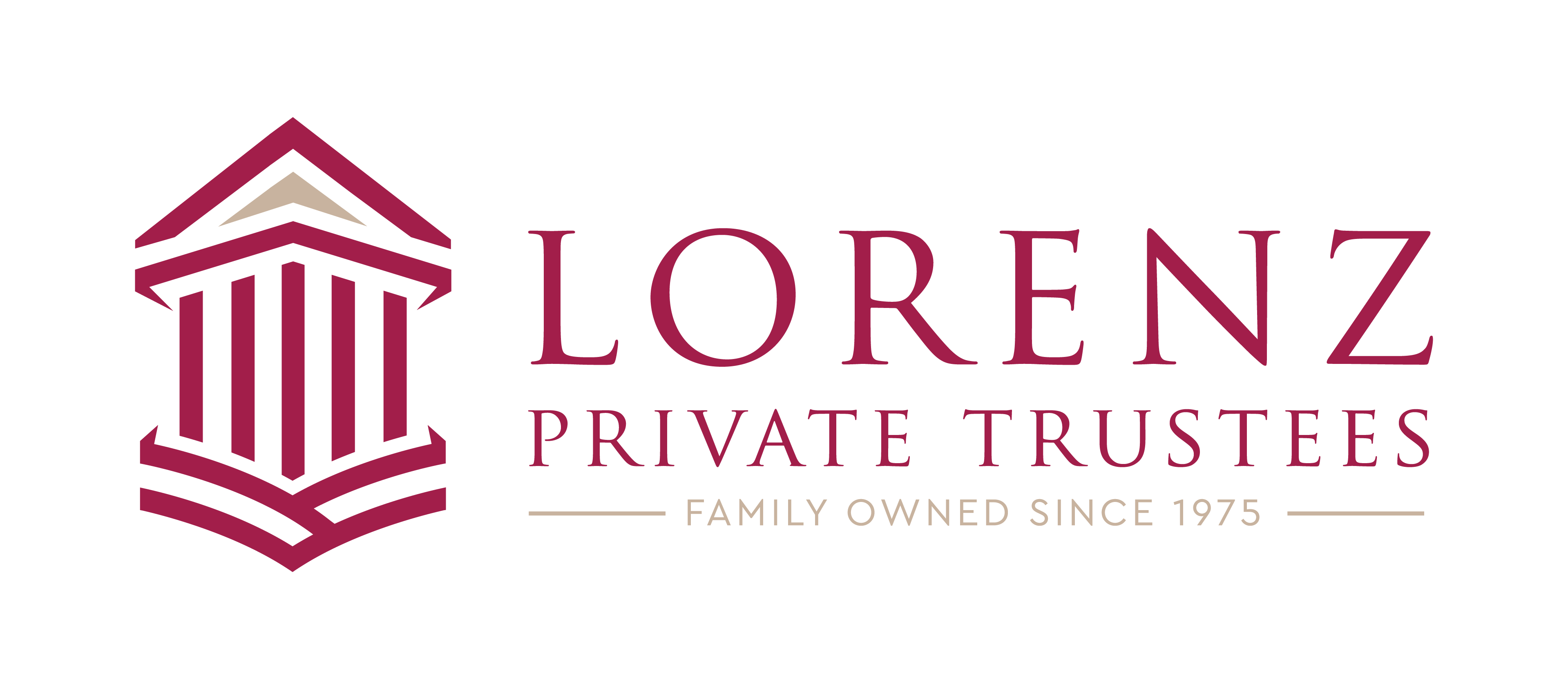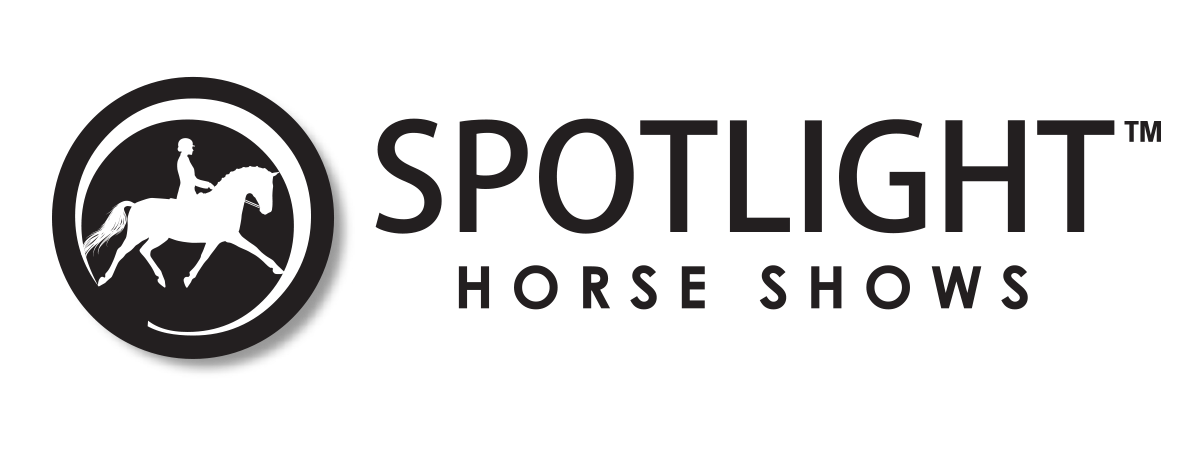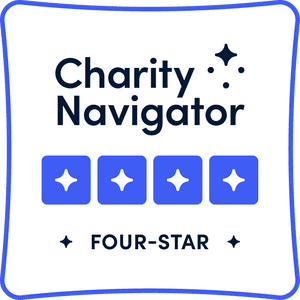Patricia Estes (Region 3)

Photo Credit: BJC Photography
My week of training with Greta Wrigley had finally arrived. I had been chosen as one of two people in Region 3 to receive the Carol Lavell Gifted Grant in 2016. After receiving the news, the reality of this had not really sank in until now. My vacation had begun and I was busy loading the trailer with anything that I might need. Herman was out in his field looking over to me as if to ask why we weren’t working.
Monday arrived and the weather was not what I had wished for. It was overcast and drizzling rain with a freeze warning for the end of the week. What had happened to the constant Florida sunshine I was used to? Herman settled in straight away as we arrived at the yard. I was looking forward to a week of consistent work and improvement. My goals for the week included improving Herman’s impulsion, tempo and rhythm in all gaits. I also wanted to improve his straightness and develop the balance and elasticity for effective leg yields and lateral work. I hoped to establish a more consistent contact and be more effective with my aids.
Our first lesson took place under a constant drizzle of rain. Our goal was to establish and maintain a steady contact. I took a shorter elastic rein contact and concentrated on maintaining this at all times. Herman tried to get out of this by not going forward freely. He would slow down or move his quarters to the left or right. It was important for me to drive him forward into the contact and not let him back off. My other goal was to strive for straightness and correct flexion when turning in either direction. Greta stressed that the horse should move away from the inside leg and yield his rib cage to the outside. She also said that I should use one rein at a time to allow for the bend without restriction from too firm a contact on the outside. The rein and leg aid should be independent of each other. All of these concepts seem so basic but it is funny how easily they are forgotten as you progress in your riding.
In the afternoon, I had the opportunity to ride Greta’s horse, Buster, who was also trained to drive. He liked a firm contact with the reins and was very responsive to the leg aids. While riding him, I realized that I had to be stricter with myself when working on my own horse to achieve better responsiveness and flexibility. We practiced shoulder in, travers and renvers. This horse was smaller than my own and stood about 14.1hh. Being only 5’ 1”, I felt that it he was easier for me to influence with my seat and leg aids.
The next day we continued to build on our first day’s work. Today’s goal was to maintain the contact and vary the pace within the gait. Greta wanted me to practice collected, medium and extended walk. My goal was to control the gait so that I could make the horse walk any number of steps she requested, halt and then proceed in collected, medium or extended walk when asked. She stressed the importance of allowing my hips to swing more when wanting to lengthen the gait and the slowing of the hips and body movement when a slower gait is required. This principal could then be taken forward into trot and canter. Varying the pace within the gait would make my horse more responsive and elastic. We then practiced walk pirouettes, making sure that the horse continued to step through with his inside hind leg and not drag or pivot on his hind leg.
Later the same day, I had the opportunity to ride Junior, a large 16.1hh Anglo Arabian gelding who was sensitive and very responsive in his lateral work. We practiced some of the movements in the Second Level tests. Shoulder in, 10m circle to Travers. We also rode half pass. Greta stressed it was a movement on a diagonal line. I had to be careful to line up my destination through the horses ears, asking for the correct bend before moving the haunches in with my outside leg. This would ensure that the shoulders always lead the movement.
Thursday morning I woke up to a frosty start. We were still building on the previous day’s work but would concentrate on the canter. We began on a 20m circle and then circled in to a 10m circle using the outside aids. I then had to leg yield back out onto the 20m circle. This established a better contact with the outside rein. On the circle we also practiced shoulder in and travers, then switching between the two. We worked on straightness by riding in canter slightly off the track in a square shape. When turning across the short side, I had to use the outside aids thinking of collecting the canter and asking for a couple of steps of canter pirouette. I then had to canter a straight line down the long side. This exercise emphasized Herman’s crookedness to the left. As the exercise progressed, I felt a great improvement in his straightness and collection.
That afternoon I rode Tad, who is a 16.2hh NSH gelding trained up to Fourth Level. Greta had me vary the pace within the gait. In extended trot, she stressed the importance of using the turn to set up the extension. On the turn I was to use the outside aids, making sure the horse was straight and his hind legs pushed under him into a steady contact. If the horse was not straight after the turn it could appear uneven. In canter we practiced walk to canter transitions. I had to be coordinated and precise with my leg aids or Tad would not immediately canter. When practicing shoulder in I had to be careful to keep the rhythm and not light him up.
Our final day of training arrived and it was another frosty start. I was pleased that Herman had managed to have a lesson every day without appearing too tired to benefit from the training. This was the most concentrated training that he had ever received. We were still building on all the previous days’ work. Today we would also include an exercise in counter canter. Greta asked us to canter across the short diagonal before cantering a half 20m circle and then cantering across the short diagonal again in true canter. I felt that this really helped collect and straighten the canter.
In the final ride of the morning I was given the choice of who I wanted to ride and I requested to ride Tad again. We practiced all the lateral work covered before and spent more time practicing half pass. Tad was great because he only responded when the correct aids were used. The position of my hands, body and legs were especially important when asking for lateral movements. When I was correct everything seemed to flow and it felt easy. When I was not quite in the right position I had to work harder and the horse felt awkward. I was finally getting it and hoped to keep that feeling long after the training finished.
My week of training had come to an end. I was tired, but more excited about dressage than ever before. I had met all my training goals but realized that these are on-going projects. I had managed to change my habit of not keeping a consistent contact with the reins and now know that true bend is more about moving the horse’s rib cage than his head position. My partnership with my horse had improved and we had come to a new understanding of each other. I am striving to be more consistent and methodical in my training. The experience of riding different horses was the highlight of my week. It had opened my eyes and answered some of the questions I had regarding the degree of contact needed and the effectiveness of my aids. I am still processing all the knowledge I have gained and experiences enjoyed. Although I may never get to the lofty heights of the advanced movements with my horse, I am enjoying the journey. I would like to thank Greta, Carol Lavell and The Dressage Foundation for this great opportunity.
Thank you,
Patricia Estes
Arredondo Dressage Society - Region 3

